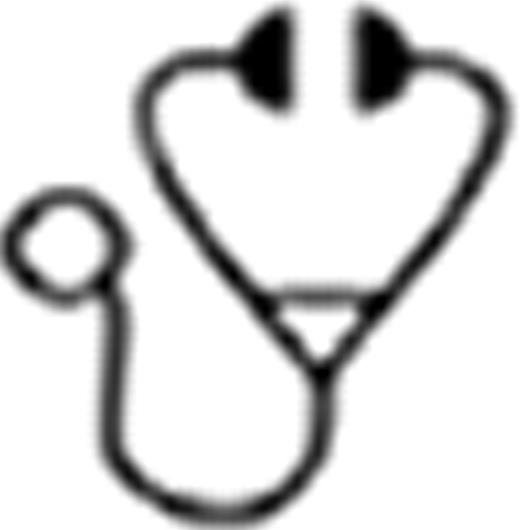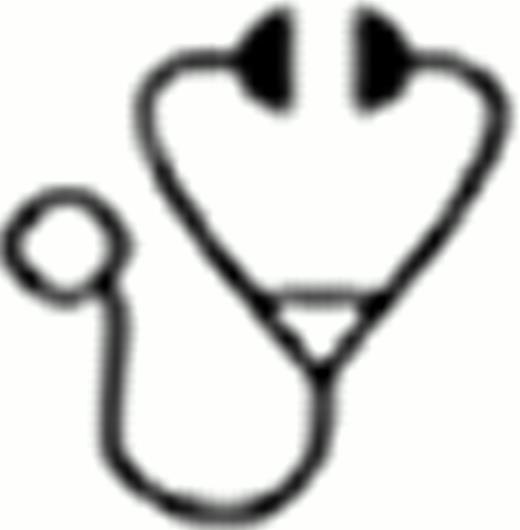Abstract
Individuals with congenital Trisomy 21 (+21) (Down syndrome) have an increased risk of developing acute myeloid leukemia (AML). As +21 in AML frequently occurs in association with other karyotypic abnormalities, its prognostic impact remains poorly defined. Thus +21 has been empirically categorized as an intermediate risk cytogenetic aberration. This study focuses on the biological and clinical features of +21 AML.
We analyzed the records of all AML patients treated at MD Anderson Cancer Center (MDACC) between January 1995 and December 2011. Only patients presenting to MDACC at the time of diagnosis with no prior therapy were included. Four cytogenetic groups were defined: +21 alone, +21 plus favorable cytogenetics, +21 plus intermediate cytogenetics and +21 plus unfavorable cytogenetics (Grimwade D et al, Blood 2010). Progression free survival (PFS) was defined as time from diagnosis to relapse or last follow up. Survival curves were calculated using Kaplan-Meier estimates and were compared using the log-rank test.
A total of 90 patients harboring +21 aberrations at diagnosis were identified. Median age was 59 years (range, 18–88) and 58% were male. At diagnosis, median white cell count was 4.6 (0.6–190) × 109/L, hemoglobin 8.6 (3.3–13.4)g/dL, platelets 53 (4–395) × 109/L, peripheral blasts 17% (0–96), and bone marrow blasts 48% (0–97). FAB classification: M0–2 64%, M3 1%, M4–5 20%, M6 10%, M7 4%. Cytogenetic subgroups included: +21 alone: 12%, +21 with favorable: 8%, +21 with intermediate: 8%, and +21 with unfavorable: 72%. Molecular mutations: FLT3 4/49 (2 ITD, 2 D835) (8%), NRAS 4/53 (7%), NPM1 1/25 (4%), CEBPA 2/13 (15%) and CKIT 0/26 (0%). Induction regimens included: Idarubicin+AraC-based (IA) 36%, fludarabine-based (FLU) 24%, clofarabine-based (CLO) 11%, topotecan-based (CAT) 10%, hypomethylating-based (HMT) 11%, and miscellaneous (MISC) 8%. Overall Response Rate (ORR) was 54%. Clofarabine-based induction showed the highest frequency of complete remission (CR) (70%) and HMT the lowest frequency of CR (56%) (Table 1). Median time to CR (TTCR) from initiation of therapy for those patients achieving CR was 5 (3–19) weeks. Patients with +21 alone or treated with HMT had a significantly longer TTCR (p=0.038 and 0.006; respectively). Median PFS was 11 (2–130) months and median CR duration was 5 (1–100) months. PFS was significantly higher in patients with +21 alone (101 months) as compared to the intermediate and unfavorable group (11 and 2 months, respectively) (p=0.006). CR duration did not differ significantly among the 4 cytogenetic groups. Both PFS and CR duration did not differ significantly by induction regimen. Median Overall Survival (OS) for the entire group was 9 (0–130) months. Median OS for stem cell transplant (SCT) recipients (14 months) was significantly higher than those who did not undergo SCT (8 months) (p=0.003). Patients with +21 alone had better OS (32 months) than those in the intermediate and unfavorable groups (5 months and 2 months; respectively) (p <0.01). On multivariate COX regression, +21 alone group maintained an improved OS as compared to the intermediate and unfavorable groups (covariates were WBC, peripheral blasts, previous hematological malignancies, performance status, age and induction treatment)(p<0.001).
Patients with AML harboring +21 aberrations have unique biological and clinical features. When present as a sole aberration it is associated with significantly improved PFS and OS. Thus +21 alone may be a favorable prognostic factor in AML.
Complete Response in cytogenetic subgroups per treatment regimens
| CR (%) . | +21 alone . | +21 plus favourable . | +21 plus intermediate . | +21 plus unfavourable . |
|---|---|---|---|---|
| IA | 5/6 (83%) | – | – | 13/26 (50%) |
| CLO | 1/2 (50%) | – | – | 6/8 (75%) |
| FLU | 0/1 (0%) | 4/4 (100%) | 1/3 (33%) | 7/13 (54%) |
| CAT | 0/1 (0%) | 1/1 (100%) | 1/1 (100%) | 5/6 (83%) |
| HMT | 1/1 (100%) | – | 0/3 (0%) | 1/7 (14%) |
| MISC | – | 1/1 (100%) | – | 2/5 (40%) |
| CR (%) . | +21 alone . | +21 plus favourable . | +21 plus intermediate . | +21 plus unfavourable . |
|---|---|---|---|---|
| IA | 5/6 (83%) | – | – | 13/26 (50%) |
| CLO | 1/2 (50%) | – | – | 6/8 (75%) |
| FLU | 0/1 (0%) | 4/4 (100%) | 1/3 (33%) | 7/13 (54%) |
| CAT | 0/1 (0%) | 1/1 (100%) | 1/1 (100%) | 5/6 (83%) |
| HMT | 1/1 (100%) | – | 0/3 (0%) | 1/7 (14%) |
| MISC | – | 1/1 (100%) | – | 2/5 (40%) |
No relevant conflicts of interest to declare.

This icon denotes a clinically relevant abstract
Author notes
Asterisk with author names denotes non-ASH members.


This feature is available to Subscribers Only
Sign In or Create an Account Close Modal